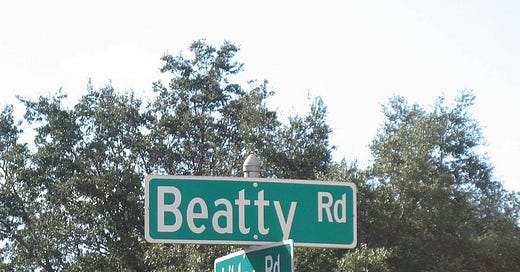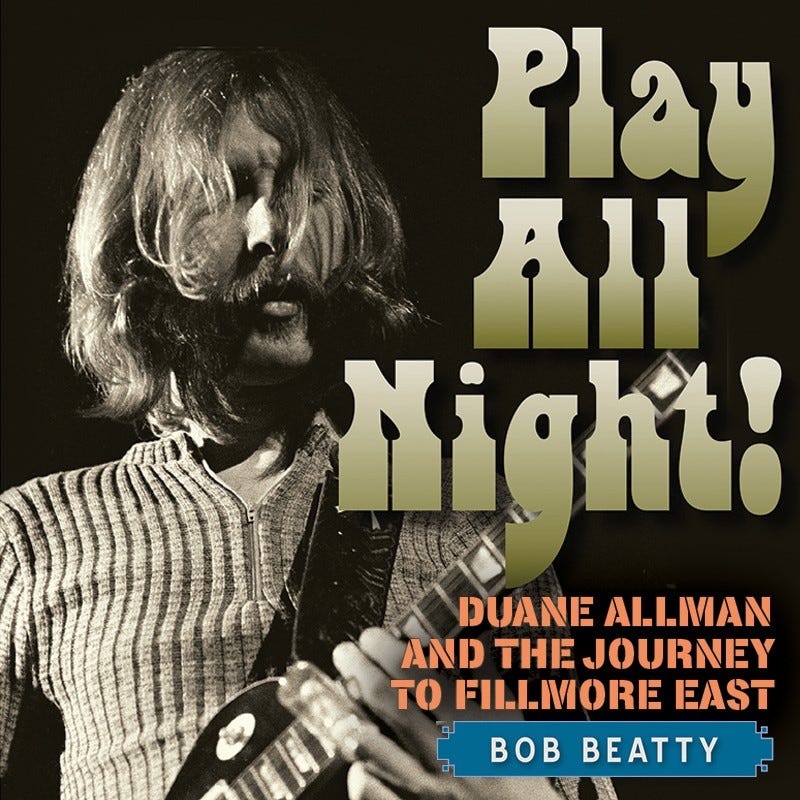Place is at the Heart of How We See the Past
Adapted from Chapter 13 of An AASLH Guide to Making Public History
Adapted from Chapter 13 of An AASLH Guide to Making Public History
In his keynote address at the 2007 AASLH Annual Meeting, historian David Blight said, “Place is at the heart of how we come to see the past.”
I suspect many of us in the history profession share this sentiment. History in books certainly piqued an interest. But for lots of us, myself included, actually going to the places where history happened and/or terrific museums that displayed objects from the past added a new dimension to our enjoyment of history.
Our work in history is frequently place-based. It is also a great way to engage people in the past — for they, too, often feel a connection to the past based on their associations with places. This is to our advantage.
I firmly agree with Dr. Blight that place truly is at the heart of how we see the past. It’s the very core of the discipline, and certainly is at the epicenter of local history. “Cities and towns have distinct voices,” notes J. Dennis Robinson. “Their neighborhoods, houses, and rooms tell tales; they hold deep impressions of their makers and their keepers.”
We encounter local history at the intersection of people and place, in the stories shared in tens of thousands of history organizations across the country and in the millions of historic places they occurred. This was the inspiration for Crossroads: Exploring the Vibrant Connections Between People and Place, the theme for the 2012 AASLH annual meeting in Salt Lake City, Utah.
“A crystal clear mountain lake, an American Indian cliff dwelling, a railway crossroad, a farmstead, your home,” 2012 Program Chair Scott Stroh wrote. “Each evokes an emotional response; each stirs the human spirit; and each reminds us that history is, at its core, about the powerful connections between people and place.” The unique connection between people and place is found at this crossroads.
We are fortunate, I believe, to truly engage in the magic that is place. “Local historians are a lucky group,” my friend Bruce Teeple writes in Zen and the Art of Local History. “We breathe life into the cast and characters who once inhabited our own backyards.”
“Every place and object,” Teeple maintians, “no matter how small or mundane has a story to tell, a story that is an integral part of the surrounding terrain.”
Joseph A. Amato agrees. “Working on the microcosmos, one discovers the power of locality in defining home, self, and communities…. Local history, in adroit hands, recaptures how peoples of a place and time experienced the world.”
Thousands of examples of these principles in action occur on an ongoing basis in conversations between young people and their elders, in classrooms, and through the medium of public history. These are connections between people and place that create meaning and change, that make a difference in individual and community life.
“Consider the meaning of place in your personal life,” Scott Stroh urged. “What are your special places? Why are these connections meaningful? How do they support and sustain you as an individual and your work in the field of history?”
The place that immediately comes to my mind as I read those words: the farm in Babson Park, Florida, where my father grew up — on Beatty Road, no less. It is a part of my family’s history and legacy, one that I still return to more than forty years after my grandmother sold the farm. What is that place for you?
What is that magic of your place? Strive to embody this principle from Ralph Waldo Emerson (vorrowed from my colleague Colleen Dilenschneider’s excellent blog, Know Your Own Bone), “Know your own bone; gnaw at it, bury it, unearth it, and gnaw at it still.”
As local and public historians, we are fortunate that we get to revisit our connections to place on a regular basis. It is one of our responsibilities to do this for our friends, neighbors, and stakeholders. Dig deep into possibilities and opportunities for connections between people and place.






